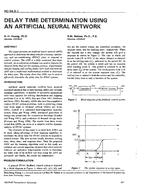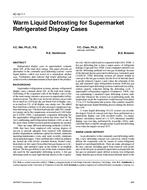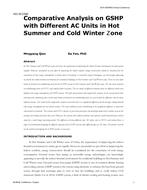Two new methods for calculating cooling loads have just been introduced. The first algorithm, called the heat balance (HB) method, is a complete formulation of fundamental heat balance principles. The second is called the radiant time series (RTS) method. While based on the HB method, the RTS method is an approximate procedure that separates some of the processes to better show the influence of individual heat gain components. In the HB method, all of the heat transfer mechanisms participate in three simultaneous heat balances: the balance on the outside face of all the building elements that enclose the space, the balance on the inside face of the building elements, and the balance between the surfaces inside the space and the zone air. The focus of this paper is on the second heat balance. It has been customary to define a radiative/convective split for the heat introduced into a zone from such sources as equipment, lights, people, etc. The radiative part is then distributed over the surfaces within the zone in some prescribed manner, and the convective part is assumed to go immediately into the air.
Simplified techniques simply cannot accurately portray the complex interaction of building surfaces, so previously used load calculation procedures were not up to the task of analyzing the effect of internal load radiant/convective split variation. This paper will present an investigation of the influence of the radiative/convective split on cooling loads obtained using the heat balance procedure. It will begin with an overview of the model used for a heat balance procedure and then present an exhaustive case study of the effects of changing the mode split on load calculations for Wedge 1 of the Pentagon building.
Units: I-P
Citation: Symposium, ASHRAE Transactions, 1998, Vol 104, pt. 1A, San Francisco
Product Details
- Published:
- 1998
- Number of Pages:
- 13
- File Size:
- 1 file , 510 KB
- Product Code(s):
- D-7951


